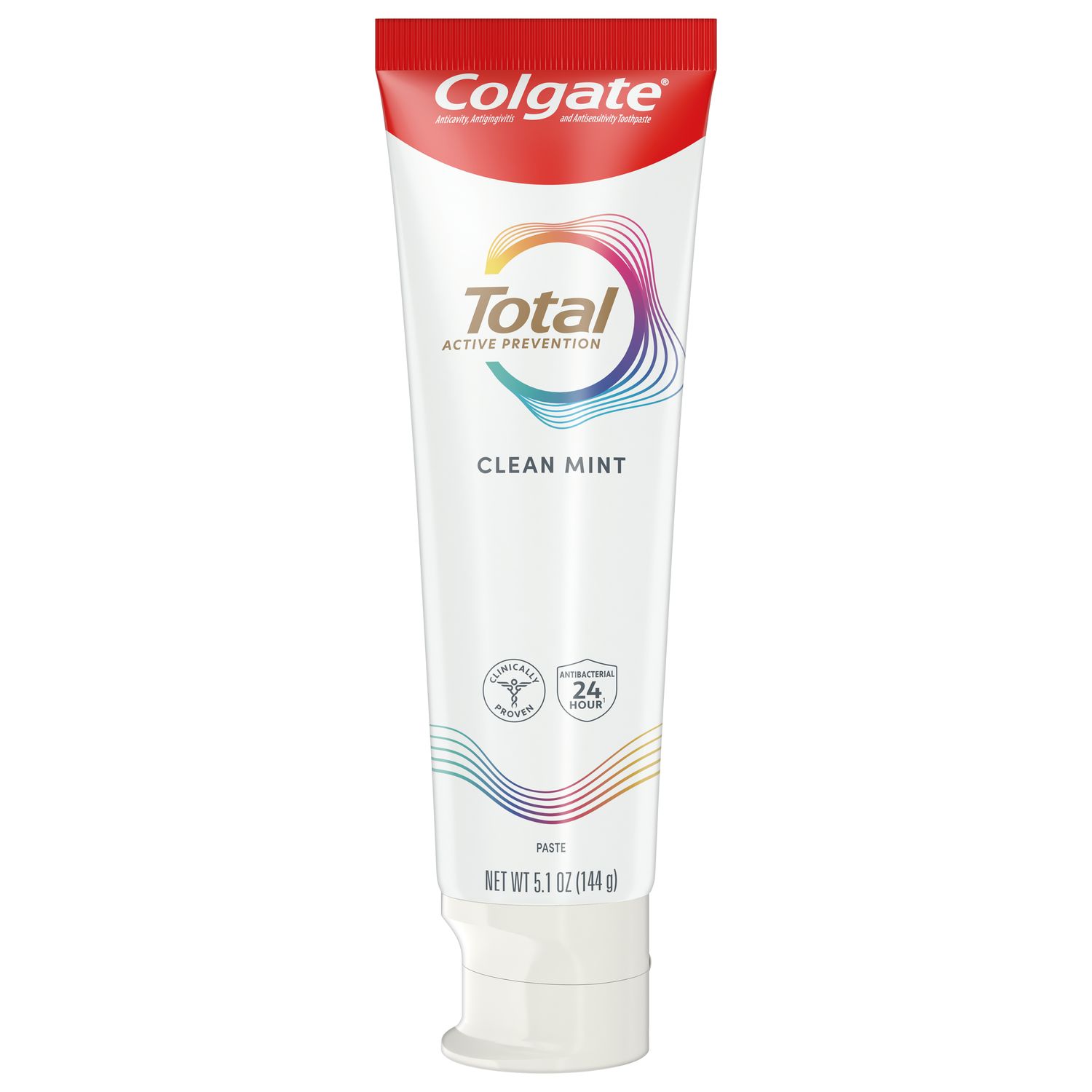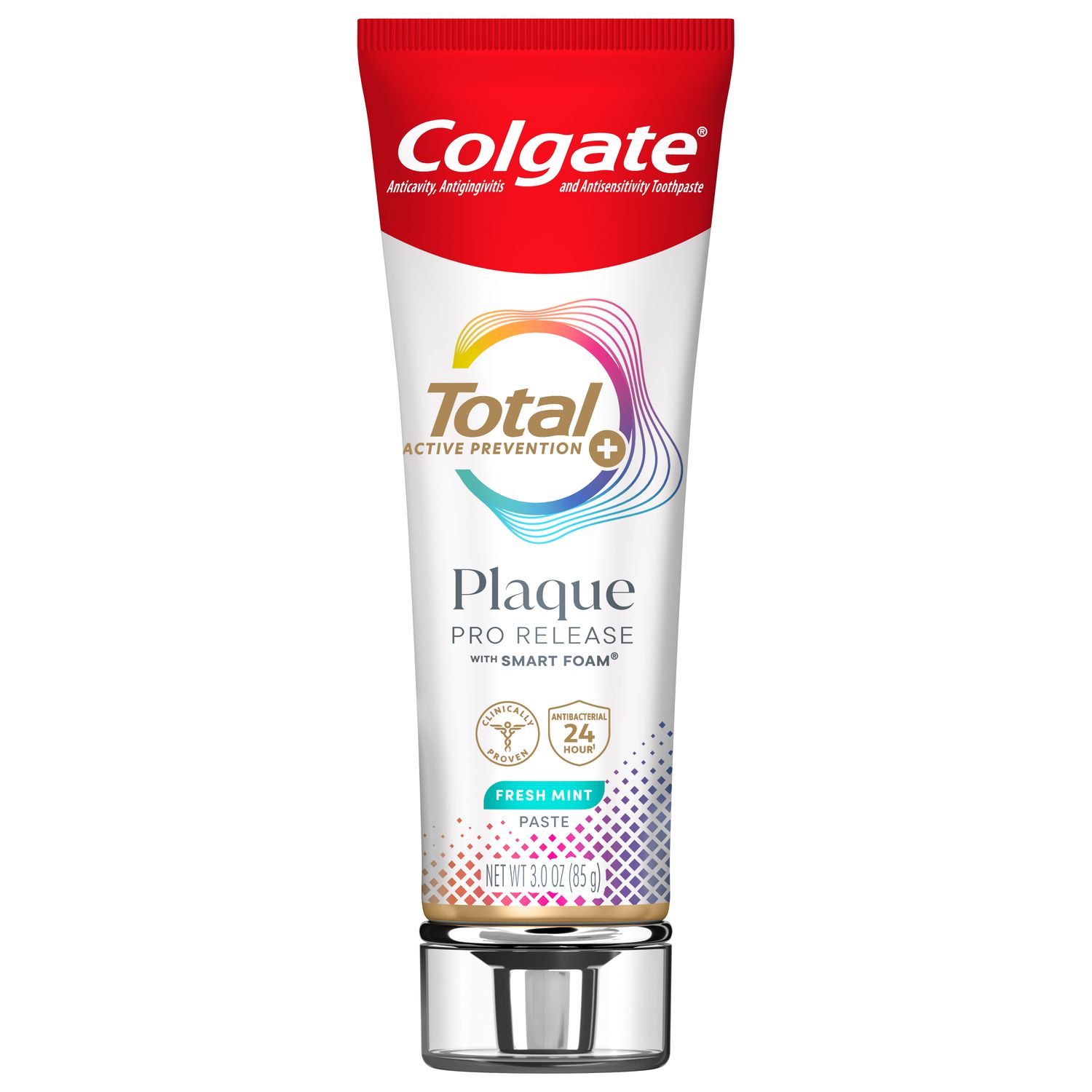
Caries risk assessment (CRA) is used to assess an individual’s risk for dental caries. While CRA can be performed subjectively in an informal manner, using a formal CRA tool standardizes the process, which also increases the likelihood of all relevant information being captured. It is recommended by the American Academy of Pediatric Dentistry (AAPD) that CRA be performed starting with the age one visit.
CRA Tools
The determination of risk level is made based on consideration of medical and dental history, a clinical assessment, protective and destructive factors. There are numerous well-recognized formal CRA tools, including the following:
· American Dental Association (ADA) CRA forms
· AAPD CRA Tool (CAT)
· CAries Management By Risk Assessment (CAMBRA)
· CarioGram
· Oral Health Information Suite (OHIS)
ADA CRA Forms can be used as paper forms or on a computer. They are available for two groups of patients: age 6 and under and over age 6. Factors considered include contributing factors such as fluoride exposure, diet, familial history, socioeconomic status, health conditions, caries status, and the oral environment. Based on the resulting overall assessment, including the balance of protective versus destructive factors and clinical judgment, patients are categorized as being at low, moderate, or high risk for caries.
The AAPD CAT is similar to the ADA CRA forms, with patients assessed as low, moderate, or high risk for caries. Only pediatric patients are considered, with separate assessment for age 5 and under, and age 6 and over. Thirteen data points are included. The categories considered are social/behavioral/ medical; clinical; protective factors; plus, disease indicators. As with the ADA CRA, the balance of caries factors is considered in the overall assessment of risk. The AAPD CRA document was revised in 2022. It includes care pathways for patients at risk for caries.
CAMBRA was developed at the University of San Francisco in California and has separate assessments for age groups as described above for the ADA CRA forms. In total, twenty-five data points are entered for adult CRA and twenty for children. CAMBRA utilizes more data points than other CRA tools discussed in this article. A visualization of the individual’s caries balance is provided, and CAMBRA includes management protocols based on risk level.
CarioGram and OHIS are both computerized programs. CarioGram uses an algorithm to classify a patient as low, medium, high, or very high/extreme risk. Just nine data points for protective and destructive factors are entered for children, plus a clinical judgment score. For adults, fourteen data points can be entered. The program then produces a pie chart showing which factors contribute most to the caries risk level. The pie chart also provides a computed summary of risk level and contributing factors. In fact, the likelihood (percentage) of avoiding new dental caries lesions (cavities) is provided. CarioGram is validated for use for patients of all ages. Additionally, it has been validated as equivalent with and without including assessment of salivary buffering capacity (one of the data points), which would mean time savings if this assessment is not performed.
OHIS provides a caries risk assessment score (tooth decay risk score) from 1 (low) to 5 (high). Scores are also calculated for periodontal disease and oral cancer. The program presents a patient’s risk level using a green-amber-red traffic light-like visualization. The information for OHIS is initially entered in by the patient digitally, saving time for the dental team. CarioGram and OHIS provide individualized patient information digitally and suggested interventions. The visual presentation may simplify patient education and recommendations.
| Ages | Digital (visual) presentation | Interventions recommended | |
| ADA CRA | Age 6 and under; over age 6 | No | Available in separate ADA documents |
| AAPD (CAT) | Up to age 5; age 6 and over | No | Included |
| CAMBRA | Age 6 and under; over age 6 | Partial | Included |
| CarioGram | Children and adults | Yes | Included |
| OHIS | All ages | Yes | Included |
Choosing a CRA tool
CRA tools provide information that can be used to develop a patient-centered, individualized plan for caries prevention and management. Periodic risk reassessment should be performed at recall visits for each patient. Risk level is not static, with changes in risk level occurring based on shifts in the influence and predominance of protective and destructive factors.
All CRA tools have limitations and choosing a CRA tool includes consideration of the number of data points, available data on validity, ease of use, presentation of the data (digital/non-digital), degree of automation, inclusion of recommendations for patients at increased risk of caries, and ease of use for patient education. Consistent use of CRA tools and recommendations on evidence-based interventions, such as the use of in-office fluoride varnish and prescription-level 5000 ppm fluoride pastes for home use, helps to improve patient outcomes.
While CRA tools may be thought of as time-consuming, using a standardized tool and consistently using the same age-appropriate tool saves time during the assessment, and when interacting with and educating patients.
Join us
Get resources, products and helpful information to give your patients a healthier future.
Join us
Get resources, products and helpful information to give your patients a healthier future.













